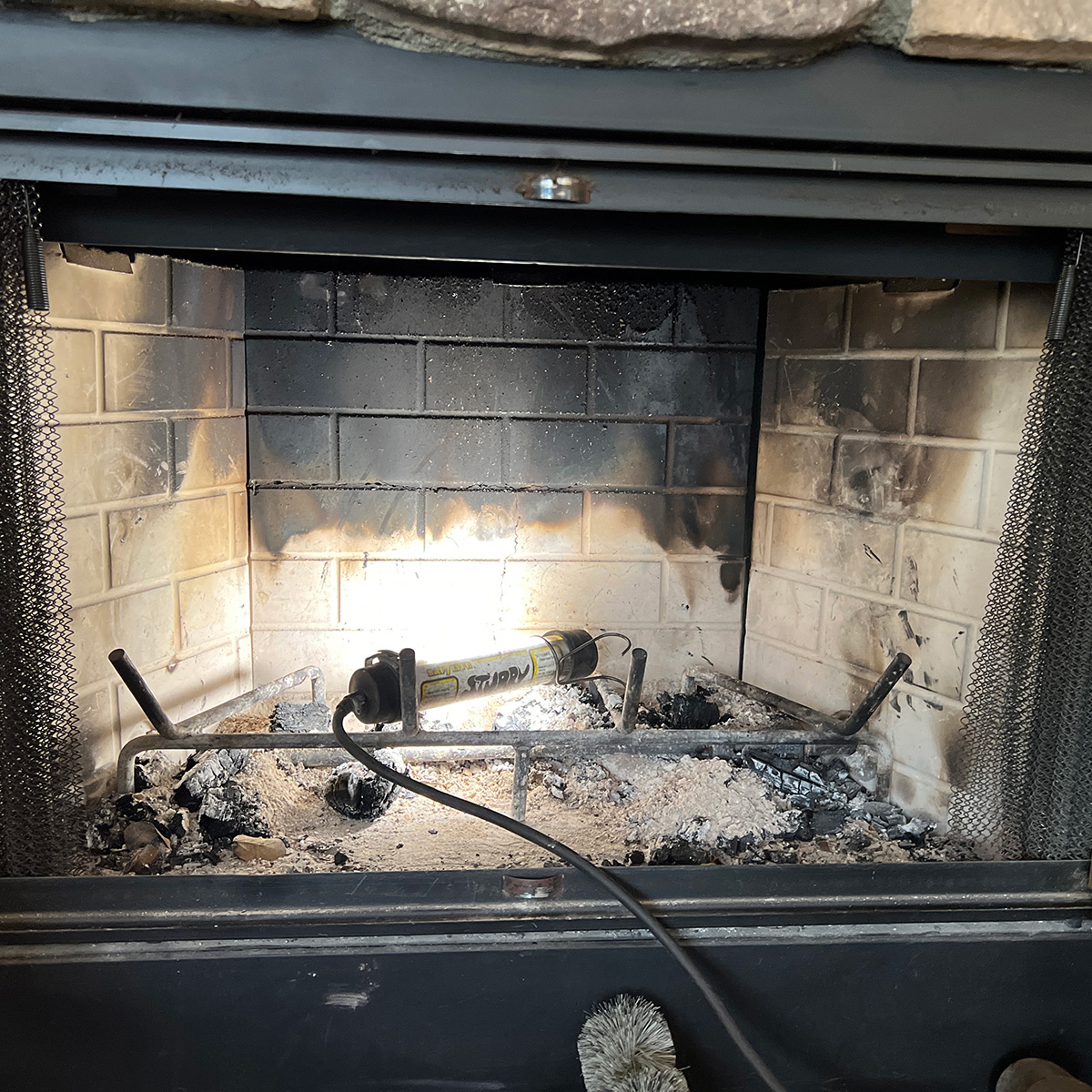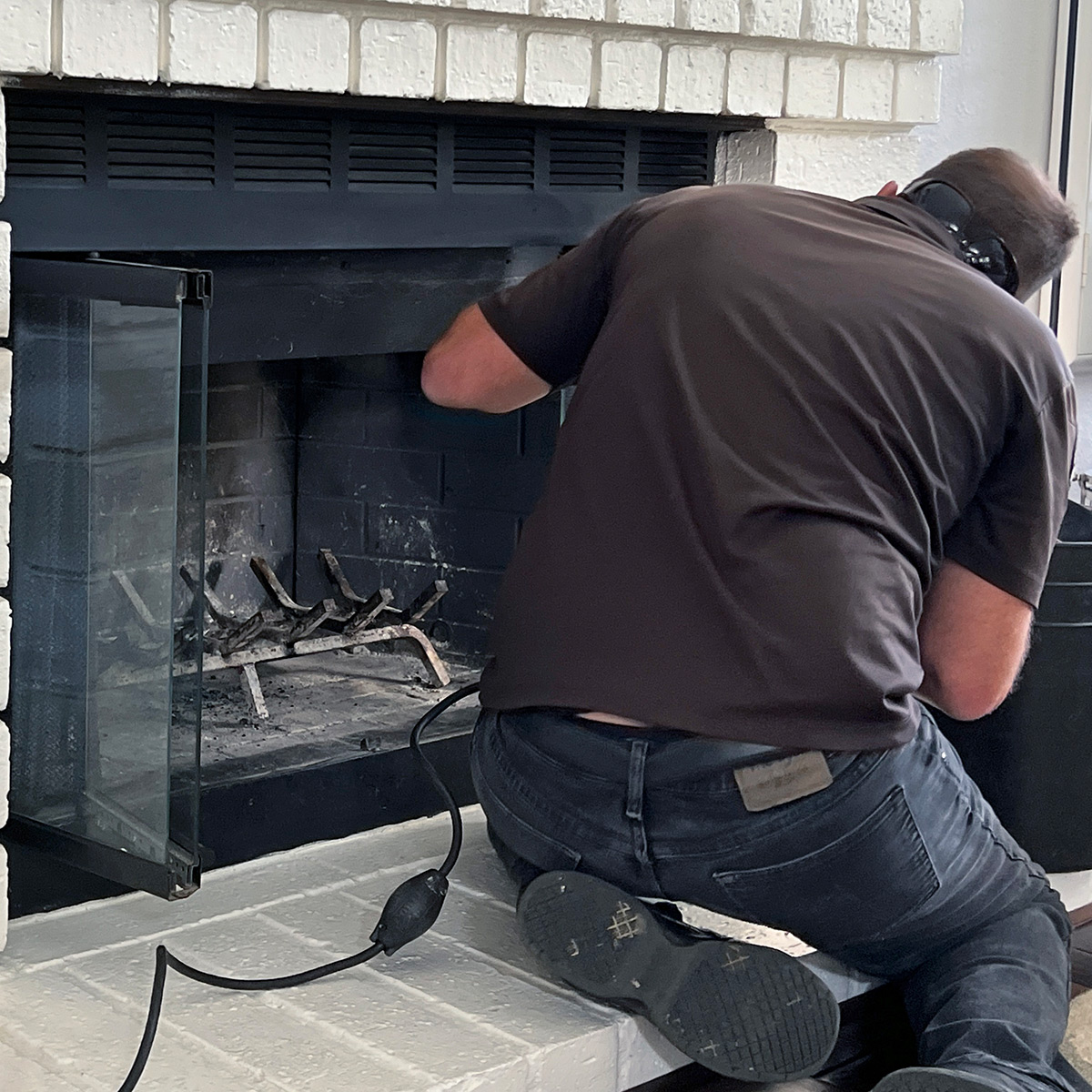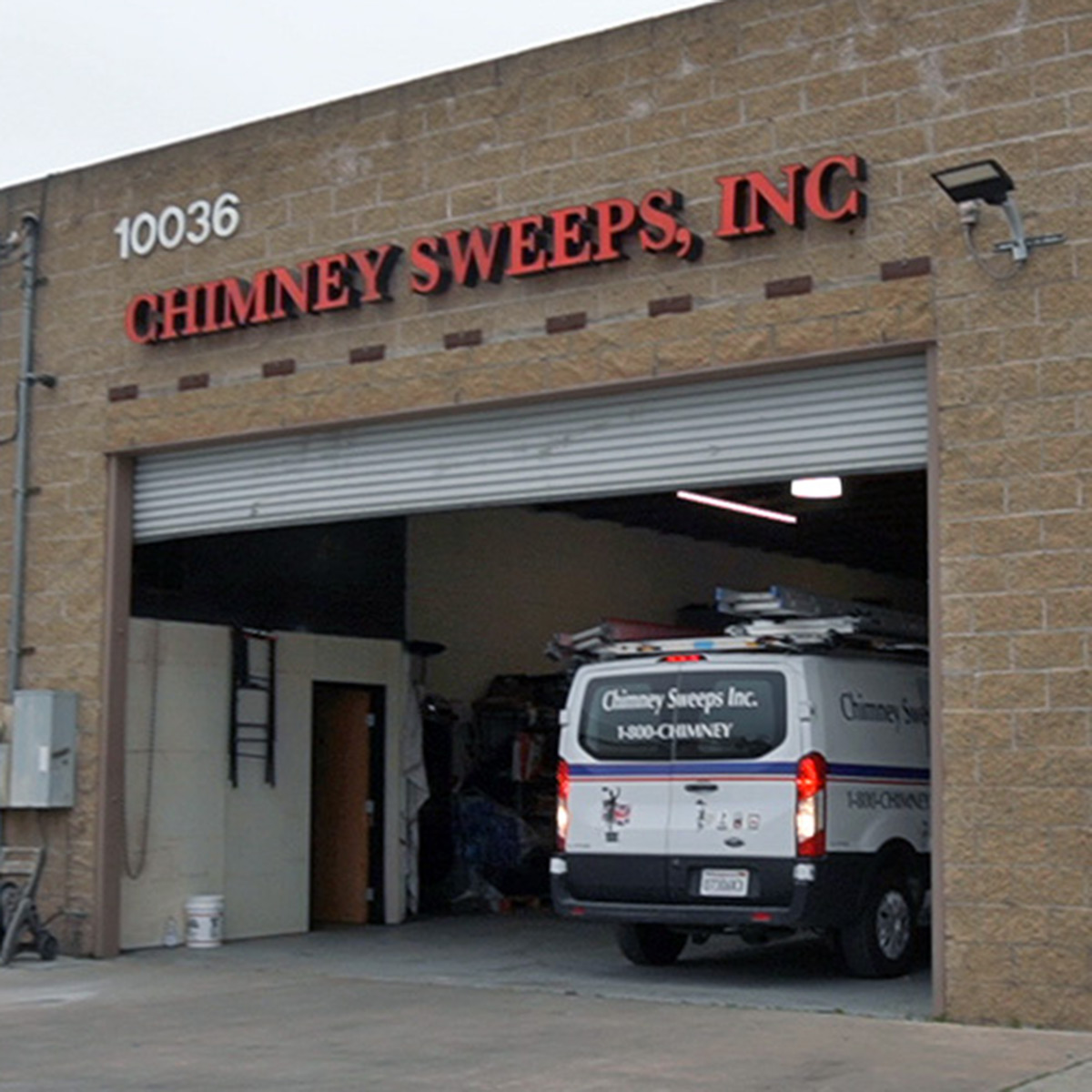Can You Vent a Wood Fireplace Horizontally?
Are you remodeling your home or fireplace and want to run a horizontal vent, but aren't sure if you can? We have the answer, read on.
When installing a wood-burning fireplace, one of the most crucial aspects is venting it correctly. Venting is critical for safety, efficiency, and the overall function of a fireplace. A common question from homeowners is whether you can vent a wood-burning fireplace horizontally.
The Short Answer
The short answer to whether you can vent a wood-burning fireplace horizontally is, generally, no. Wood-burning fireplaces require proper venting systems that effectively draw smoke and combustion gases out of the home. Because of the nature of burning wood, which creates a considerable amount of smoke and requires an adequate draft to facilitate combustion, venting has to be done vertically through a chimney that rises above the roofline. This vertical venting ensures that the smoke is drawn upwards and out of the house, leveraging the laws of physics in the rise of hot air.
How Should a Wood-Burning Fireplace Be Vented?
A wood-burning fireplace should be vented through a well-designed and constructed chimney system. This system includes several components:

Chimney Flue
The flue is the internal passageway within the chimney that directs the smoke and gases up and out of the building. The flue needs to be correctly sized and insulated to ensure efficient operation.
Chimney Liner
A liner provides a smooth, heat-resistant pathway for smoke and gases, protecting the chimney walls from heat and corrosion. It is crucial for safety and efficiency.
Chimney Cap
Installed at the top of the chimney, the cap prevents rain, debris, and animals from entering the chimney while allowing smoke to exit.
For optimal performance and safety, the chimney should extend at least 2 feet higher than any part of the building within 10 feet but no less than 3 feet above the point where the chimney passes through the roof.
The Two Main Categories of Wood Burning Fireplace Venting
Traditional Open Fireplaces
These are the classic wood-burning fireplaces that vent through a masonry chimney. They are known for their aesthetic appeal but are less efficient than other options. The venting system for these fireplaces must be meticulously designed to ensure a good draft, which is necessary for efficient burning and smoke evacuation.
Wood-Burning Stoves and Inserts
These are more efficient wood-burning options that can be vented through existing chimneys (with proper lining) or through specially designed stove pipes that extend vertically through the house and out the roof. Stoves and inserts have controlled combustion and often include a secondary burn system to reduce emissions and increase efficiency.
In Conclusion
While the allure of horizontally venting a wood-burning fireplace might seem appealing for its simplicity and potential for unique installation locations, it is not feasible due to safety and efficiency concerns. Proper venting is crucial, and adherence to vertical venting through a well-designed chimney system is essential for a wood-burning fireplace's safe and efficient operation. By understanding the requirements and options for venting, homeowners can ensure their wood-burning fireplace is a warm, inviting, and safe addition to their home.

Chimney Sweeps, Inc. Can Vent Your Fireplace
Call us today in the San Diego area at 619-593-4020 or complete our contact form. We can ensure that your fireplace is properly vented and in good working order. Let us come out and inspect your home’s fireplace and chimney to ensure optimal performance.
Fireplace and chimney services you can rely on!
Need help venting your wood burning fireplace? Our experts at Chimney Sweeps Inc. are here to help! We are a full-service chimney and fireplace company with a team ready to get your chimney and fireplace in great shape.



